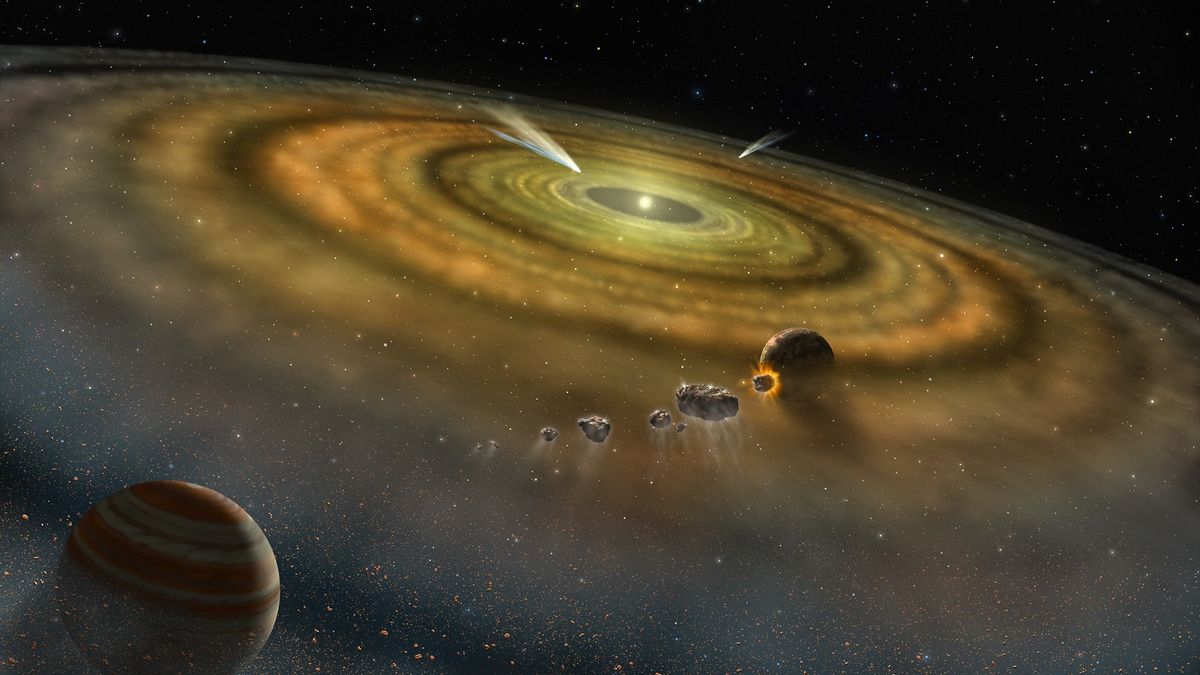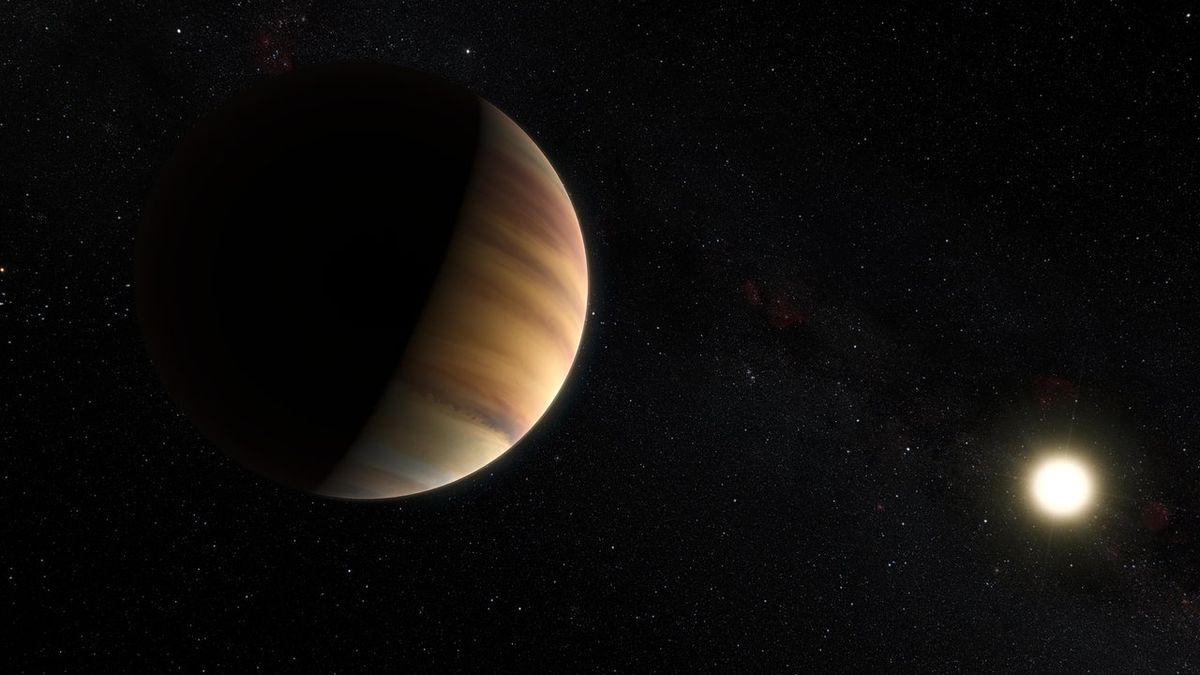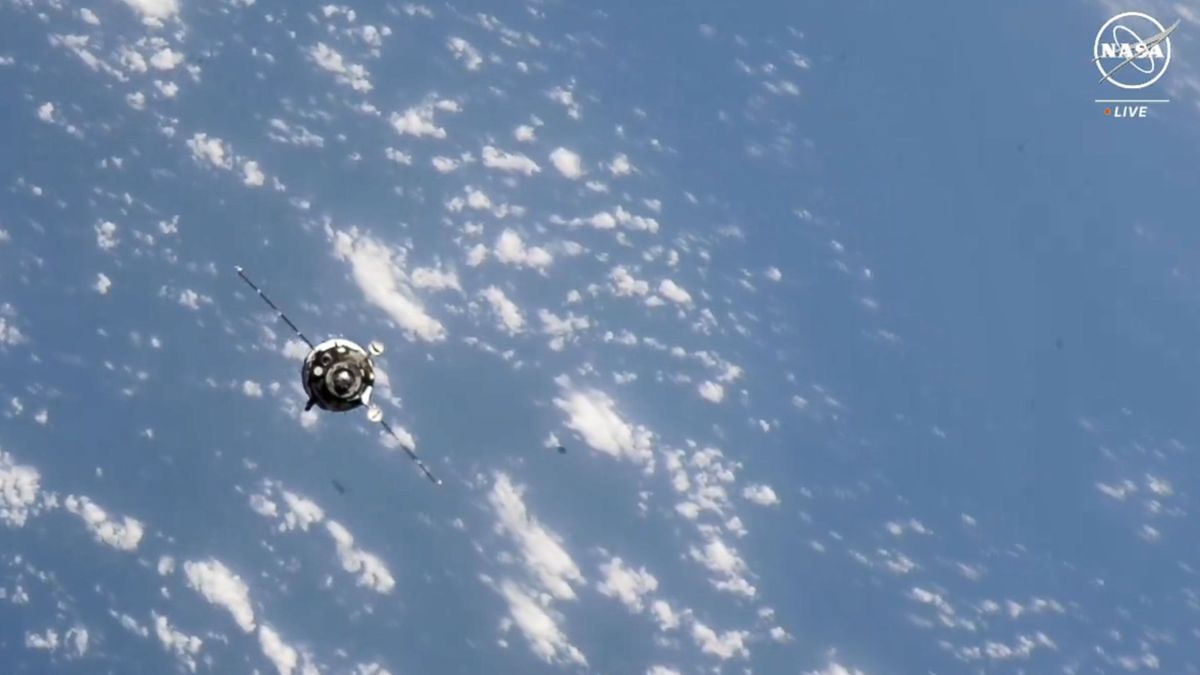Theories of Early Solar System Formation
Scientific research efforts have led to an intriguing discovery regarding the chaotic state of the early solar system. Through meticulous analysis of meteorites and asteroids, scientists have shed light on a significant event known as the “great instability” that occurred approximately 60 to 100 million years after the solar system’s formation. This event, marked by the migration of gas giants such as Jupiter, played a pivotal role in shaping the celestial bodies we recognize today.
Planetary Impact on Moon Formation
Of particular interest is the potential connection between the migration of planets and the formation of Earth’s moon. Scientists propose that the destabilization caused by Jupiter’s movements may have triggered a collision between Earth and a Mars-sized protoplanet called Theia. This collision, believed to have occurred during the timeframe of the great instability, could have resulted in the ejection of debris that eventually coalesced to form the moon.
Insights from Asteroid and Comet Analyses
By studying the compositions and distributions of asteroids and comets within the solar system, scientists have gained valuable insights into the aftermath of the great instability. While most celestial objects coalesced from the protoplanetary disk around the sun, certain asteroids and comets exhibit compositions inconsistent with their current locations. This discrepancy suggests that these objects may have originated closer to the sun before being scattered through the influence of migrating planets.
The Nice Model and Dynamical Simulations
The prevailing theory explaining the great instability, known as the Nice Model, posits that the migration of gas giants instigated a period of orbital chaos early in the solar system’s history. By conducting dynamical simulations and analyzing meteorites like EL enstatite chondrites, researchers have been able to corroborate key aspects of this model. The thermal history of EL chondrites provides crucial data on the timing and mechanisms behind the scattering of asteroids into the asteroid belt.
Association with Moon-Forming Collision
By aligning the findings from asteroid analyses and dynamical simulations, scientists have pinpointed the timeframe of the great instability to be between 60 and 100 million years after the solar system’s inception. This period coincides with the suspected collision between Earth and Theia that led to the moon’s formation. While definitive proof of Jupiter’s involvement remains elusive, the evidence strongly suggests a correlation between the great instability and significant celestial events in the early solar system.
Ultimately, the research on the great instability provides a compelling narrative of the solar system’s tumultuous origins and the intricate interplay between planetary dynamics and celestial body formation. As we gaze at the moon in the night sky, we are reminded of the enduring legacy of ancient cosmic events.
The findings of this study were published in the journal Science and presented at the European Geological Union General Assembly in Vienna.
Image/Photo credit: source url





